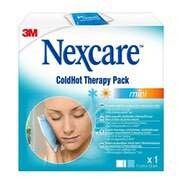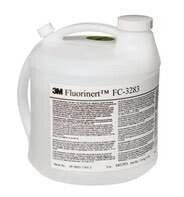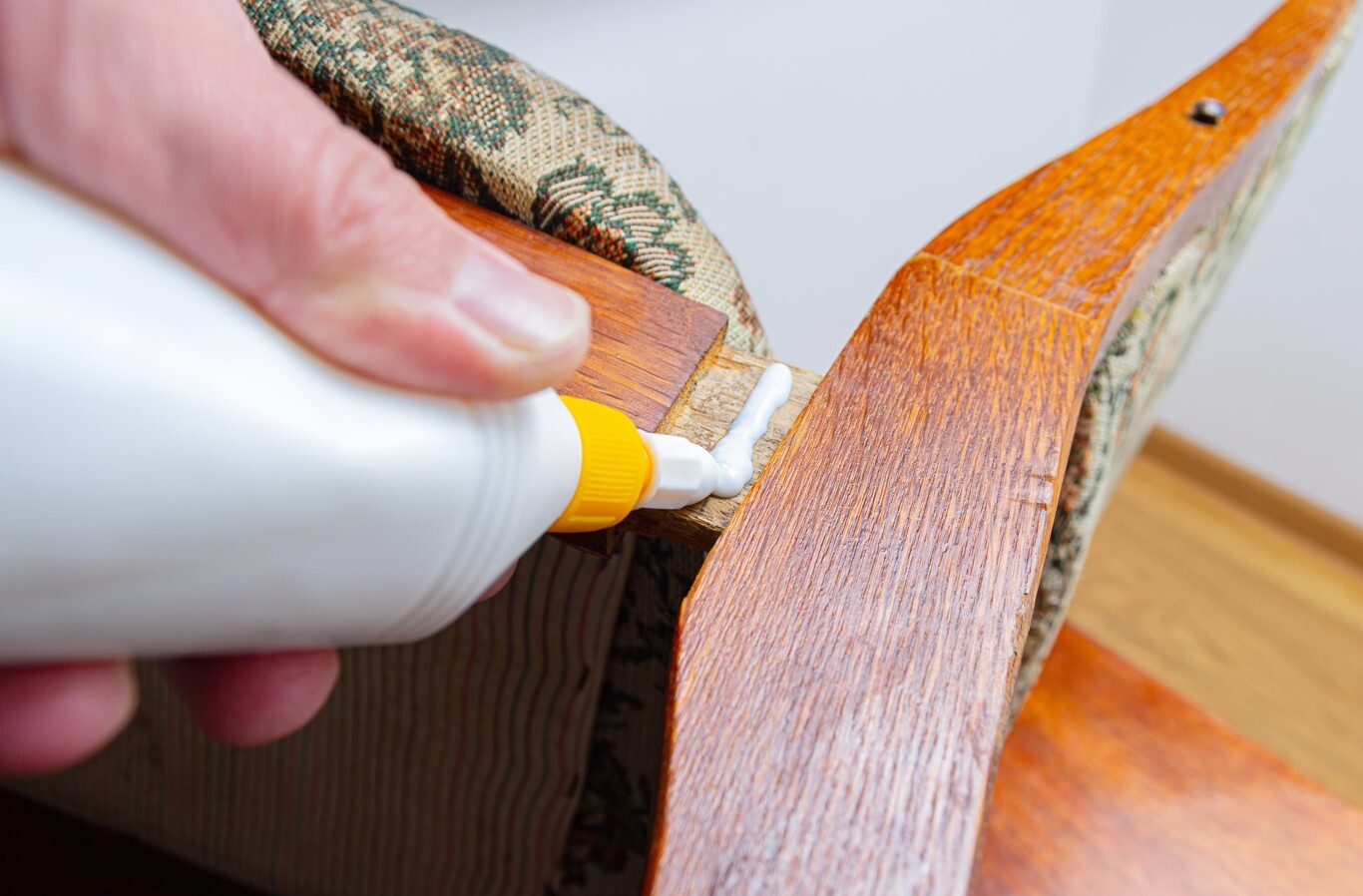Furniture adhesive: an aesthetic and strong bond


As well as being a technical step for carpenters and upholsterers, furniture glueing is one of the cornerstones of creating quality furniture. Using the right furniture glue can ensure that the various wood elements form a durable and aesthetic bond, making furniture long-lasting and reliable. A durable adhesive bond not only contributes to the structural integrity of the furniture but also significantly increases its stability. What furniture adhesives are available and what do you need to know about the process? In our current article, we answer these questions!
Types of furniture adhesives
Traditional wood adhesives
One of the most popular traditional wood furniture glues is PVA, a polyvinyl acetate-based glue. This adhesive is easy to use, dries quickly and provides an excellent bond between wood materials. It is popular because it dries translucently, giving the furniture an aesthetic appearance.
Modern adhesives
Advanced technologies have led to the emergence of several modern adhesives. Polyurethane adhesives provide a strong, flexible bond and are well-suited for use where furniture is subjected to high stress. Epoxy adhesives are known to be strong and are particularly popular in furniture manufacture because of their heat resistance. Not to be left out are silicone-based adhesives, which have excellent water resistance and flexibility. All these modern options are available in a variety of colours, making them easy to match the aesthetics of any furniture.
Flexible adhesives perform excellently on furniture where movement or vibration is expected, while structural adhesives provide outstanding strength and durability. Flow adhesives, especially those applied using a dispensing gun, are widely used in woodworking and industrial furniture manufacturing because of their fast and efficient bonding. These flexible adhesives are available in a variety of colours, such as white, transparent, brown, and gold-yellow, so that everyone can find what they need.
Bonding techniques and tools
Furniture glueing is based on proper preparation and surface treatment. The adhesive can only create a durable and strong bond if the surface is thoroughly cleaned and prepared. Start by cleaning the surface from dust and dirt. Use a clean, dry cloth to wipe the surface and, if necessary, use a slightly damp cloth to remove stubborn dirt. It is important to ensure that the surface is completely dry before moving on to the next stage.
The use of primers and drying agents is also essential when glueing furniture. Primers help improve the bond between the adhesive and the surface, while drying agents speed up the process, saving time. Before applying the primer, make sure the surface is even and smooth, as porous or rough surfaces will impair the quality of the bond. Once the primer has dried, the adhesive will adhere much better to the surface.
Application of adhesives
When applying glue, you can use different methods, depending on whether you can work with manual methods or whether you need special tools. Manual application methods are easier and are particularly useful when working on smaller projects or details. We usually use a brush or spatula to spread the adhesive evenly over the surface.
However, if you are glueing larger surfaces or doing precision work, you may want to use glue applicators or dispensing guns. These tools help to apply an even layer of glue and minimise waste. Adhesive sticks and tubes are also handy, especially if you need to apply glue in open and hard-to-reach areas.
Drying and curing processes
The efficiency of the drying and curing process has a major impact on the effectiveness of furniture glueing. Drying time and conditions may vary depending on the type of adhesive. It is important to adhere to the drying time recommended by the manufacturer and to ensure proper environmental conditions.
Avoid heat or direct sunlight during the drying process, as these can dry the adhesive more quickly, resulting in a weaker bond. Air circulation is also very important: ventilation promotes uniform drying and adhesive strengthening.
The use of accelerators can be beneficial when time is short. These special materials speed up the drying time of the adhesive and provide an instant strong bond. However, they should be used with caution as overuse can reduce the quality and durability of the bond.
Using the right techniques and tools will ensure that your furniture glue is not only aesthetically pleasing but also durable and strong. And if you need top-quality materials, head to our webcatalogue where you'll find everything you need for furniture glueing!
More articles
Flanker Plusz Kft.
Contact Details
Boti Street, 100.






























